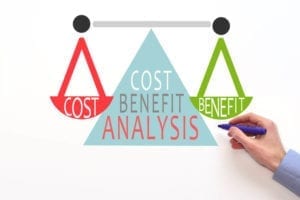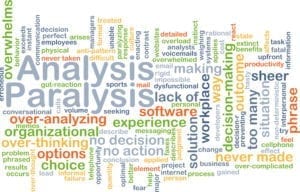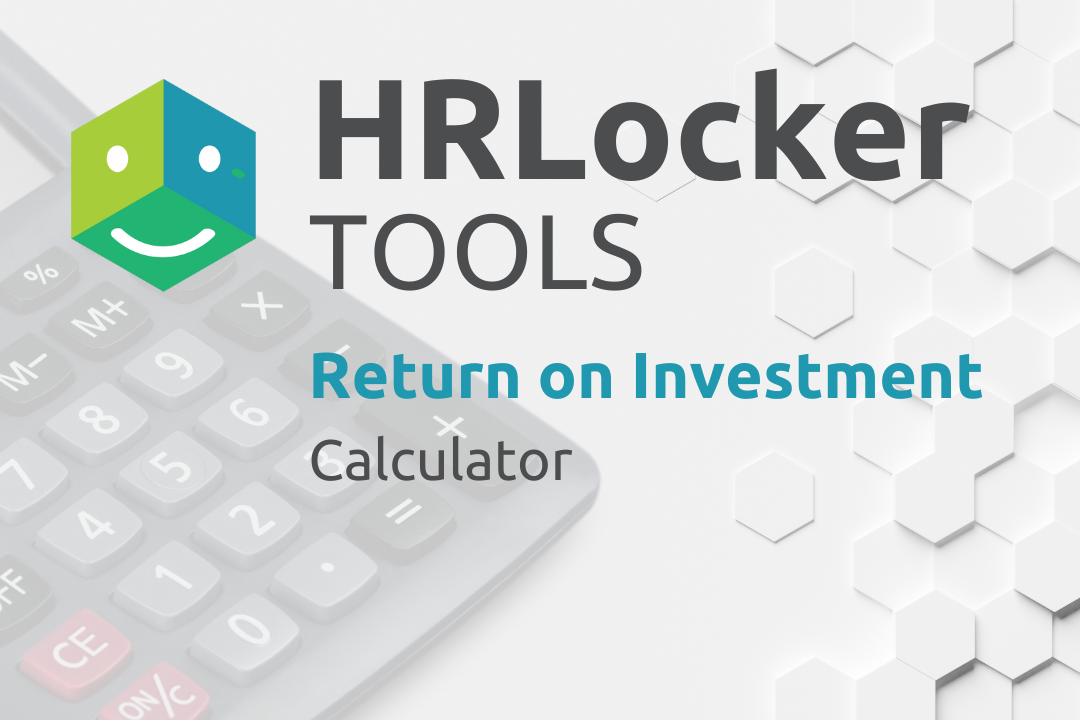Small Business Sense – The Case for HR Systems

The cost of managing people in a small business is relatively much, much higher than it is at enterprise level, so arguably HR software delivers more value in a more compact organisation.
Plus the rules, regulations and the amount of ‘STUFF’ that small to medium-sized (SME) business owners need to do to stay on top of things these days is increasing all the time.
So the more that employees or software can free up owner-managers to drive their businesses forward the better the business will do, right?
The Smaller The Business, The More It Needs HR Software
Let’s explore this connection between software and people.
We all know the efficiency/ and cost benefits software can bring. Especially HR software in small businesses where People Management is a vital Business Process.
But why is the uptake quite slow compared to other industries?
We know HR deals with sensitive data. But many organisations stall on decision-making related to deploying HR systems – and, after data protection issues have been addressed it’s not usually about that or even price.
So what’s the delay?
Usually, it’s because the word ‘automation’ strikes fear deep into the hearts of anyone in a People Management role.
Understandably, these employees panic that their jobs may be on the line.
There’s also fear of change. Office managers. General Managers. Owner managers, bean counters and so on, all worry that, although they can see the promises made by all the solutions on the market, they have a system now that works – so why should they change it and risk going backwards? (Even if that’s still a spreadsheet ‘system’.)
And in their perception, further risking how their job may be on the line. When it isn’t at all. They might also worry they won’t be able to operate the new system.
It makes sense that Business Owners buy/rent/lease software to help their business get on top of mundane tasks. But why doesn’t it happen more often?
Why so much resistance?
One reason is that many employees – especially those in HR – push back against adopting new software.
But why do you think that can be sometimes the case?
Is it that panic about their jobs being automated so they might lose their jobs again? panic about sweeping change?
Anxiety about not being able to operate the new approach or software?
There’s a presumption by most small Business Owners that everyone in their firm is as interested in making a success of the business as they are. This isn’t always the case.
The hardest part of running a business is managing people. I don’t think many people would argue with that.
Also, to be a successful Business Owner you need to delegate and trust people, right? So how do you get this balance?

Software can reduce the amount of time to carry out tasks and there’s a Cost Benefit Analysis on whether you buy/lease/rent and what software to buy/lease/rent to best move your business forward and to make your business profitable.
When you’re considering software to help you automate processes and tasks in your business this need often comes from the people who work with SME business owners or from the Business Owners themselves.
So why do more SMEs not use more software if these Solutions will lead to their businesses becoming more profitable?
Let’s take a typical scenario
John runs a small tech company. He’s a developer whose MVP (Minimum Viable Product) matches a need in the market. He’s built on his initial sales and the business continues to grow.
John has little experience in dealing with people other than other fellow techies.
So one of his first hires was Mary, as an Office Manager, who started running his payroll and organising admin and the office.
John’s initial recruits were people he knew. Most of them are enthusiastic about the company and have definitely taken on their fair share of responsibility and all’s going well.

However, John sees that Mary is struggling to keep up with her workload as the company is expanding. She also has a busy home life and other commitments outside of the office.
One of Mary’s jobs is to manage staff time off and absence and to organise interviews as the team grows. Right now she’s using spreadsheets to coordinate this.
And, as John’s network only stretches so far, she’s started using recruitment agencies to find new talent.
Mary resents having to pay so much money to recruiters, who she deems fly-by-night and unprofessional as a whole.
But when she advertises in the local paper or on online job boards, Mary gets hundreds of calls from unsolicited agencies, which further adds to her workload.
John sees that if they were to deploy a piece of software that could help Mary get more organised it would speed up the process to make Mary efficient and also make Mary happier.
John communicates this idea to Mary and one of a few things happens:
Scenario 1
Mary goes to the Market and looks for some HR software, preferably bundled/integrated with an Applicant Tracking Solution (ATS) that will make her more efficient (ideally with an agreed budget from John, but most of the time that’s not always the case).

Mary learns the various recruitment processes offered and eventually trials 6 different pieces of software that cost just 599 a year and spends so much time evaluating the software and delays the implementation that any savings that would be made in year one are eroded by the time taken to do the analysis). We call this “ANALYSIS PARALYSIS”.
Net Result: Mary wasted time (and therefore money) and no solution was found. She’s still overly busy and stressed
Scenario 2
Mary sees the suggestion from John as an indication that she’s not doing her job well.
Mary goes to the market and reluctantly takes on the project with the mindset that this new approach or software will change everything (which is the right thought) that this software will change her job (which is also correct) and that this software in some way will make her job redundant or lessen her control, responsibility or importance. (This is wrong, as the adoption of this new approach or software should reduce the workload on Mary, make her more efficient and make her look extremely good in John’s eyes, freeing her up to take on more responsibility and advance her career and importance in the company).
Because of Mary’s mindset, the project never really gets off the ground.
Mary keeps saying the software she wants isn’t out there that the software that is on the market is too complicated, or not fit for purpose for a company of our size, or that the software out there that can do what we want is too expensive.
So the project goes on the ‘back burner’. The company and Mary continue to struggle, shovelling the day-to-day sand – instead of levering rocks – and never move forward. (“FEAR OF CHANGE & LACKING IN CONFIDENCE”)
Net Result: Mary wasted time (and therefore money) and no solution was found. She’s still overly busy and stressed
Scenario 3
Mary agrees with John. She’d approached John several times to suggest this and now John sees she has a point.
Mary looks at her workload and costs out what she does plus the expenses incurred for tasks that she normally completes with the help of outsider support in terms of recruitment and recruiter fees, advertising etc.
She did a quick Cost Benefit Analysis on this and realised that if she automated these processes, not only would it save the company considerable money, but it would also free her – and her colleagues – up to do more important things.
Mary selects software that can be implemented easily and quickly, only being led by what features the software addresses and solves the specific Business Process and costing issues she wants to solve (“Progressive Employee Approach”).
Net Result: Mary used her time wisely and found a workable solution, even if it did not necessarily tick every single box of her overall wish list because she wanted to address the bulk of the problem as swiftly as possible. She carried on with more proactive projects and continues to delight John with her agile approach, initiative and diligence for continually being diligent about the efficiency of company cost and time.
Mary number 3 is the type of employee most growing and progressive small companies need and should prize to help them grow and become more profitable.
Summary of why small businesses need HR software more than ever
For your company to progress and develop in this age the connection between software and people is vital.
Small, progressive businesses need people in all areas of your business who are tech-savvy and can, not only use software but are attuned to making themselves more efficient through the search for and adoption of solutions.
Our advice is to look for recruits and current team members who are confident in assessing where systems can make a difference to their productivity and how that relates to the profitability of the business.

